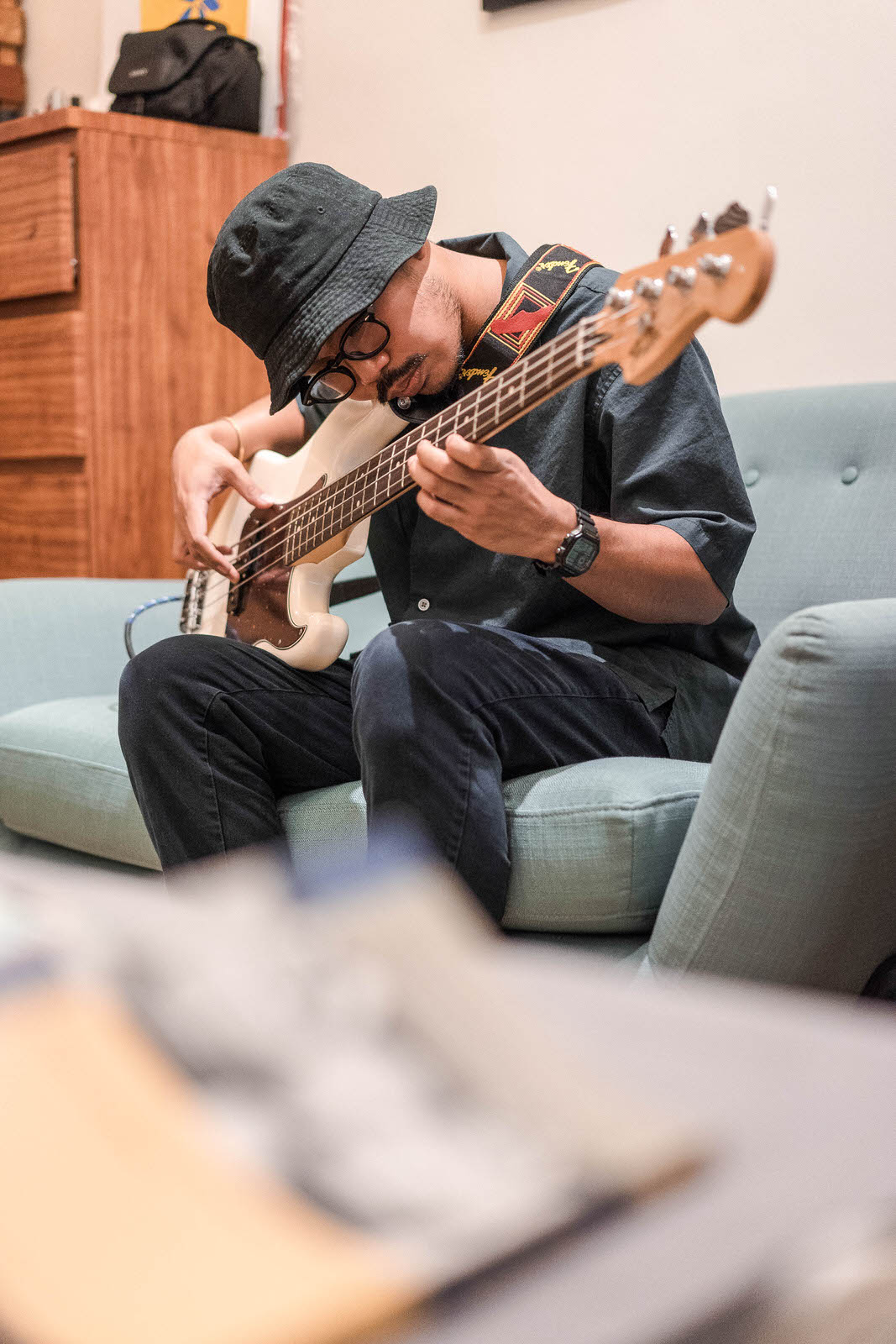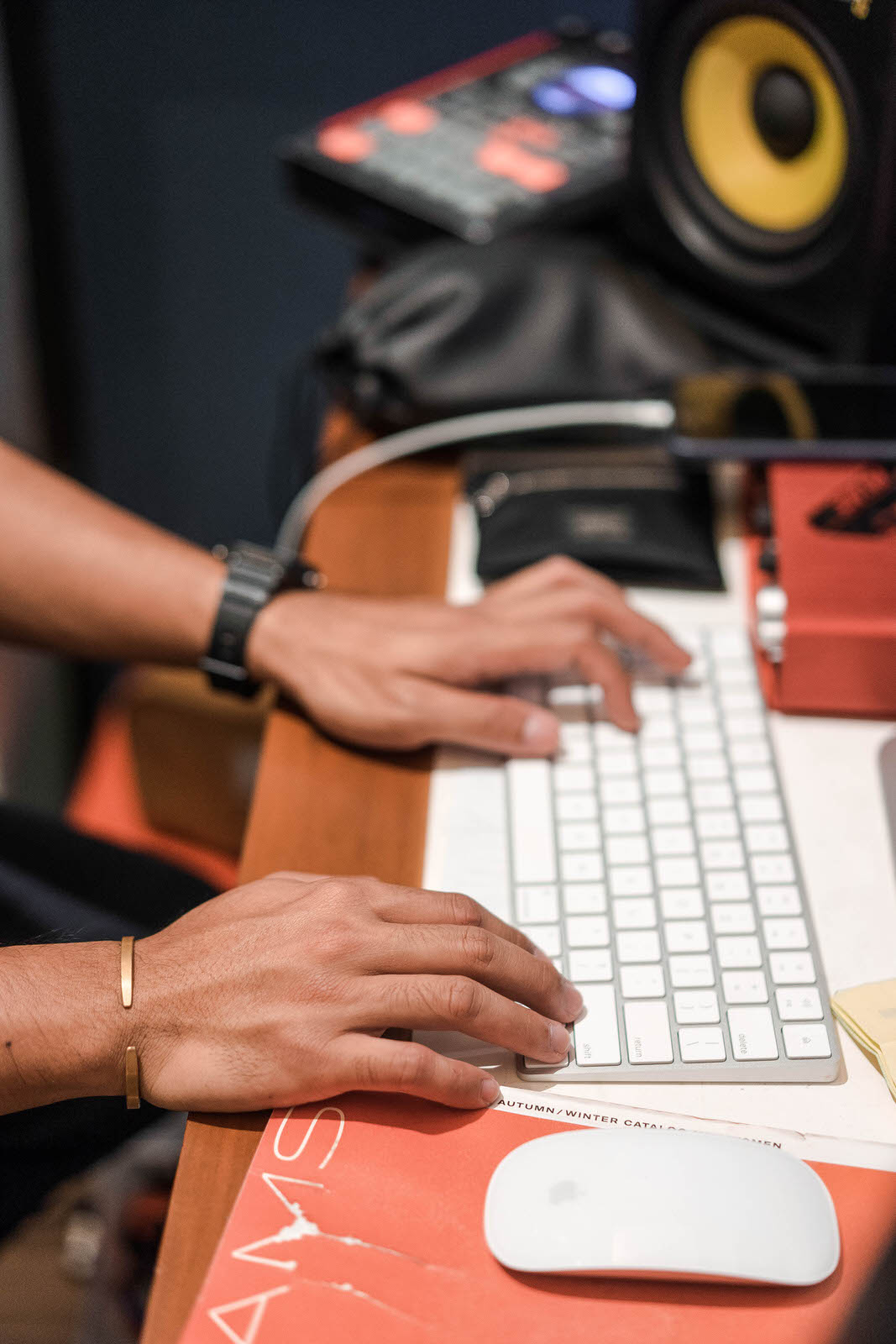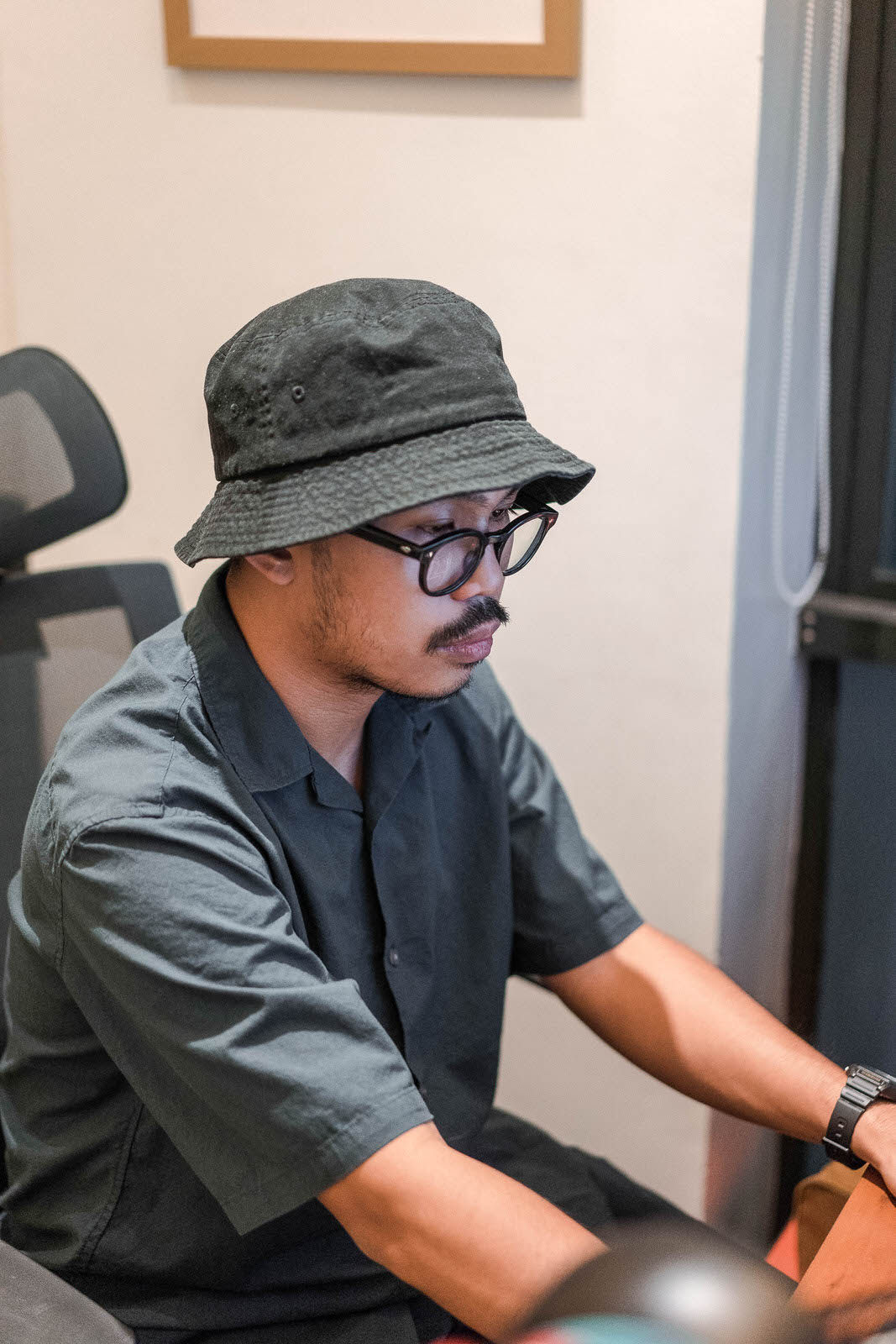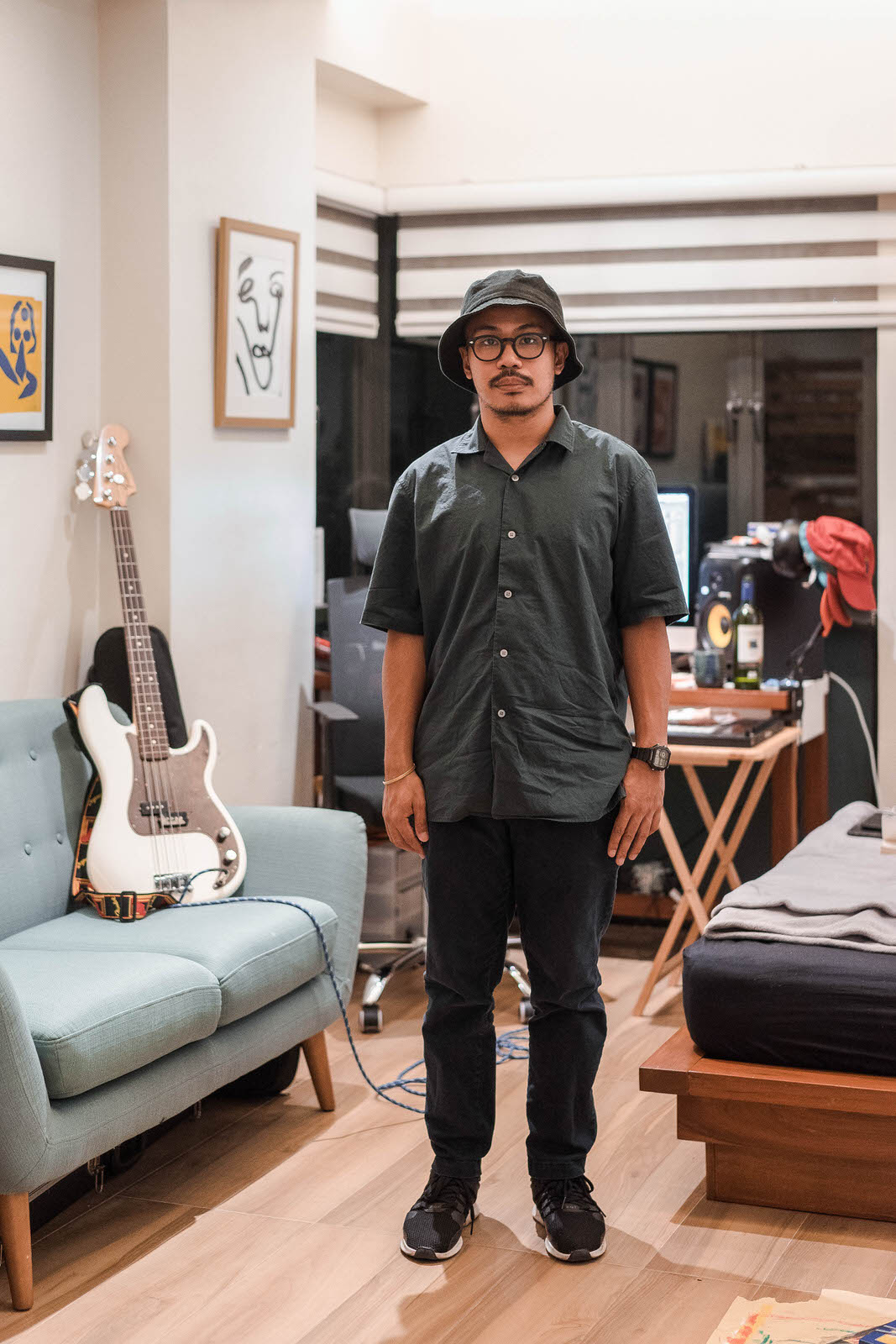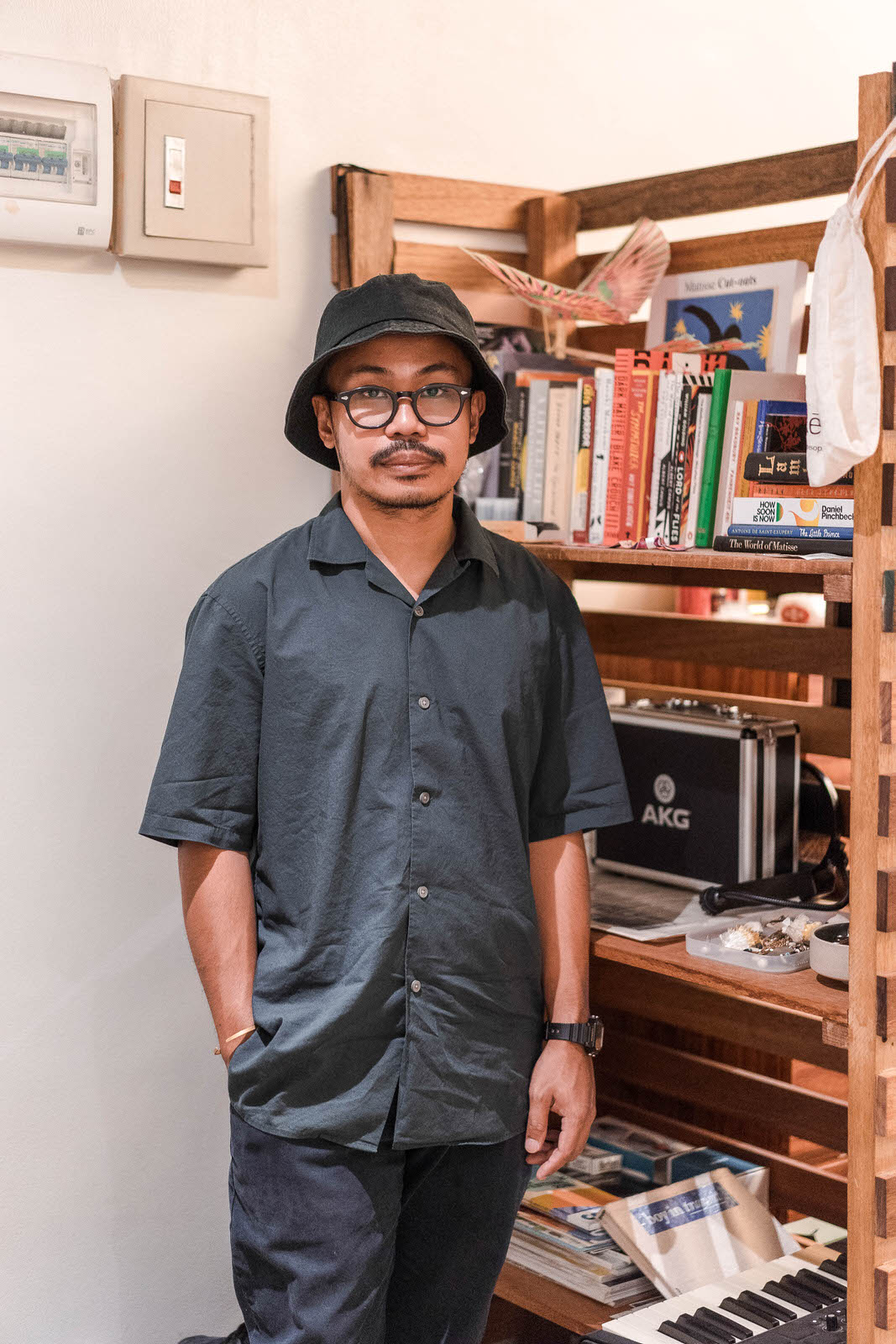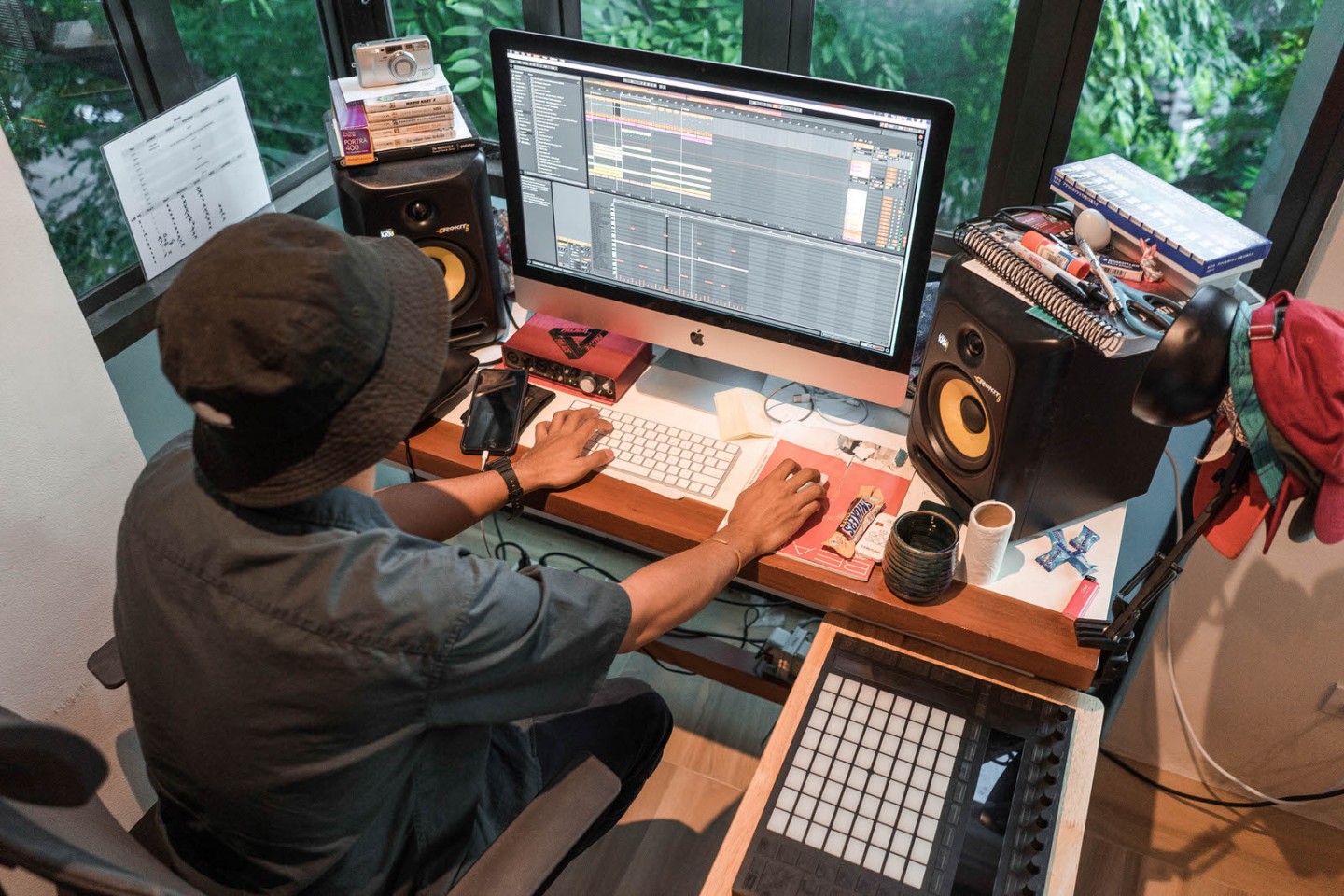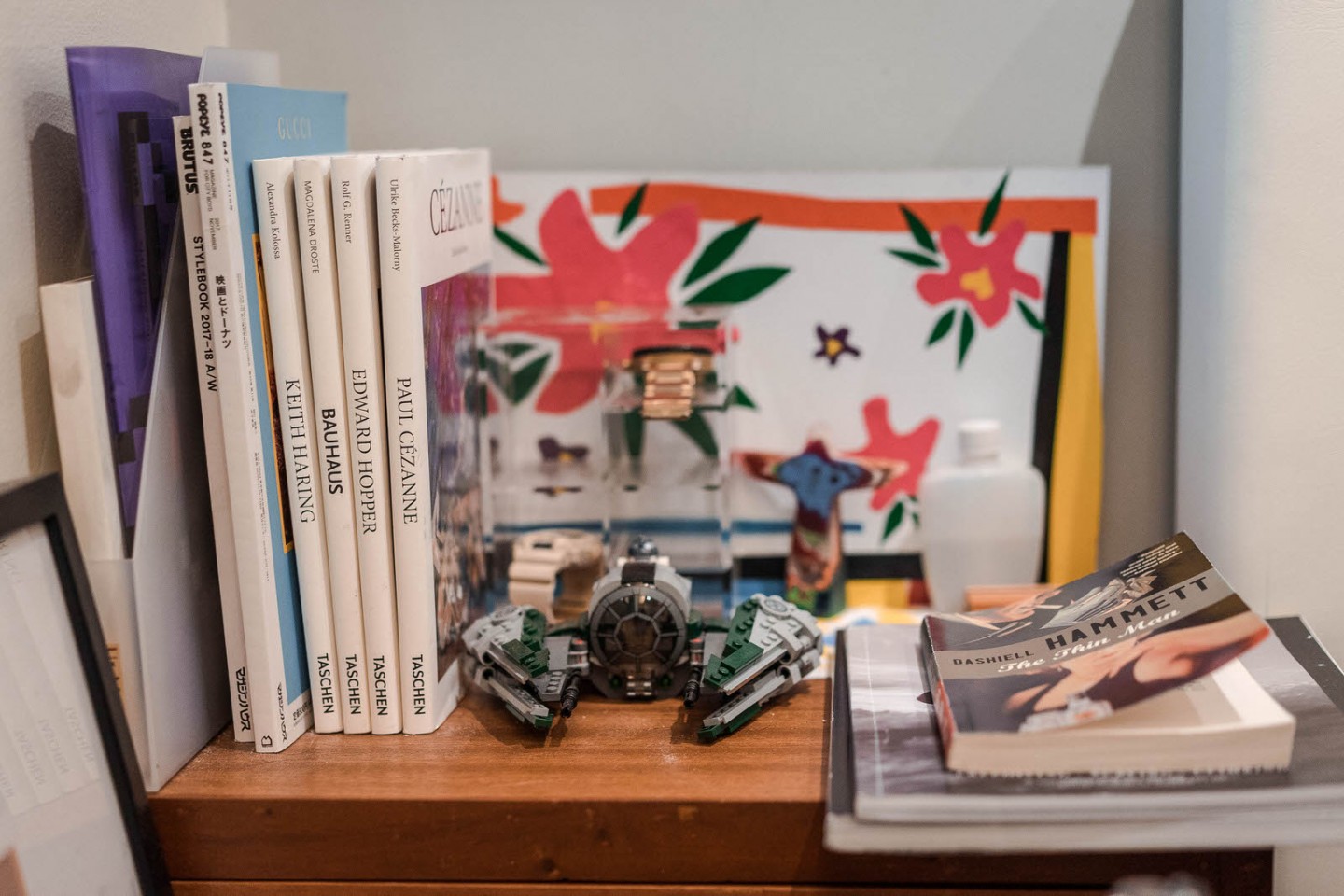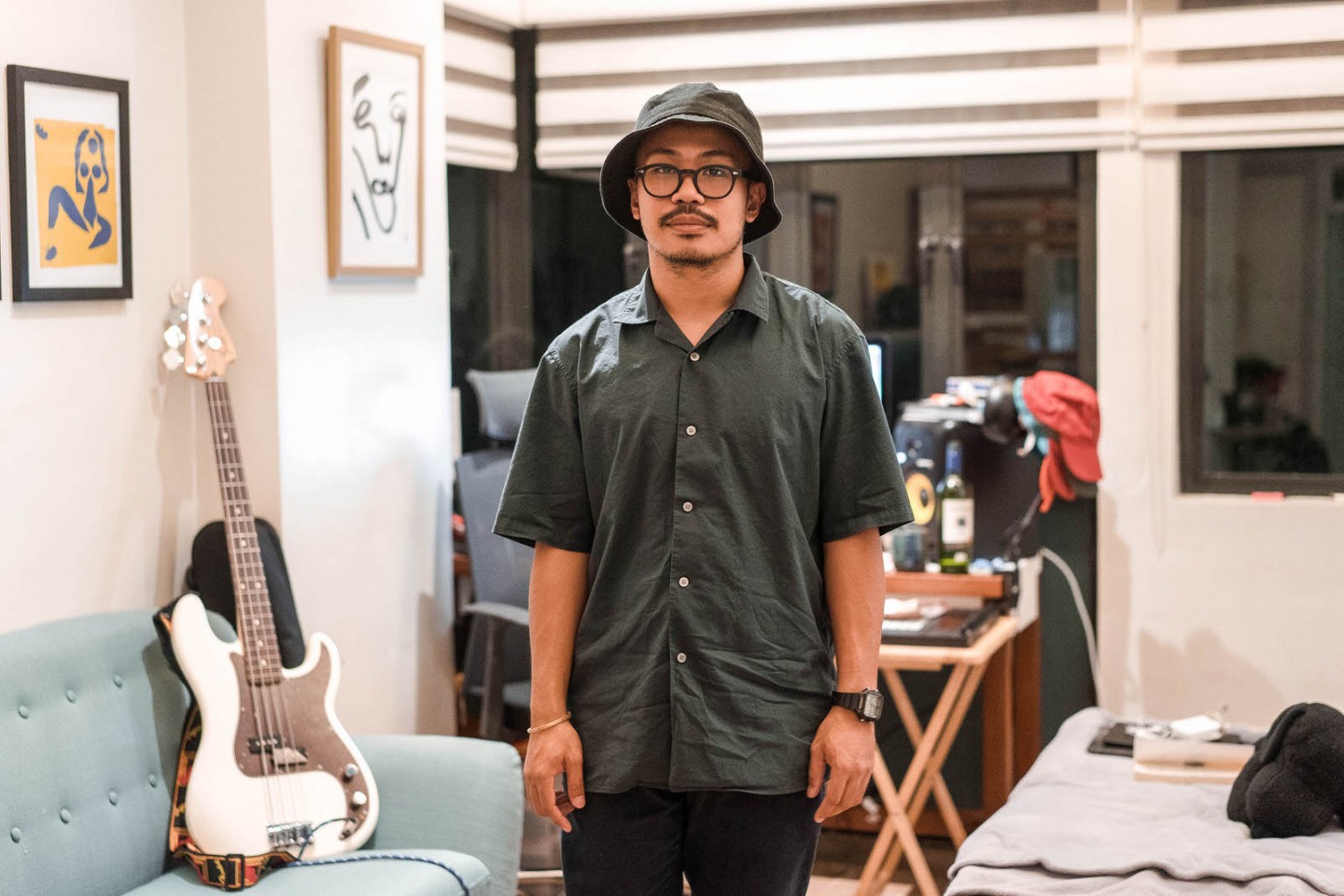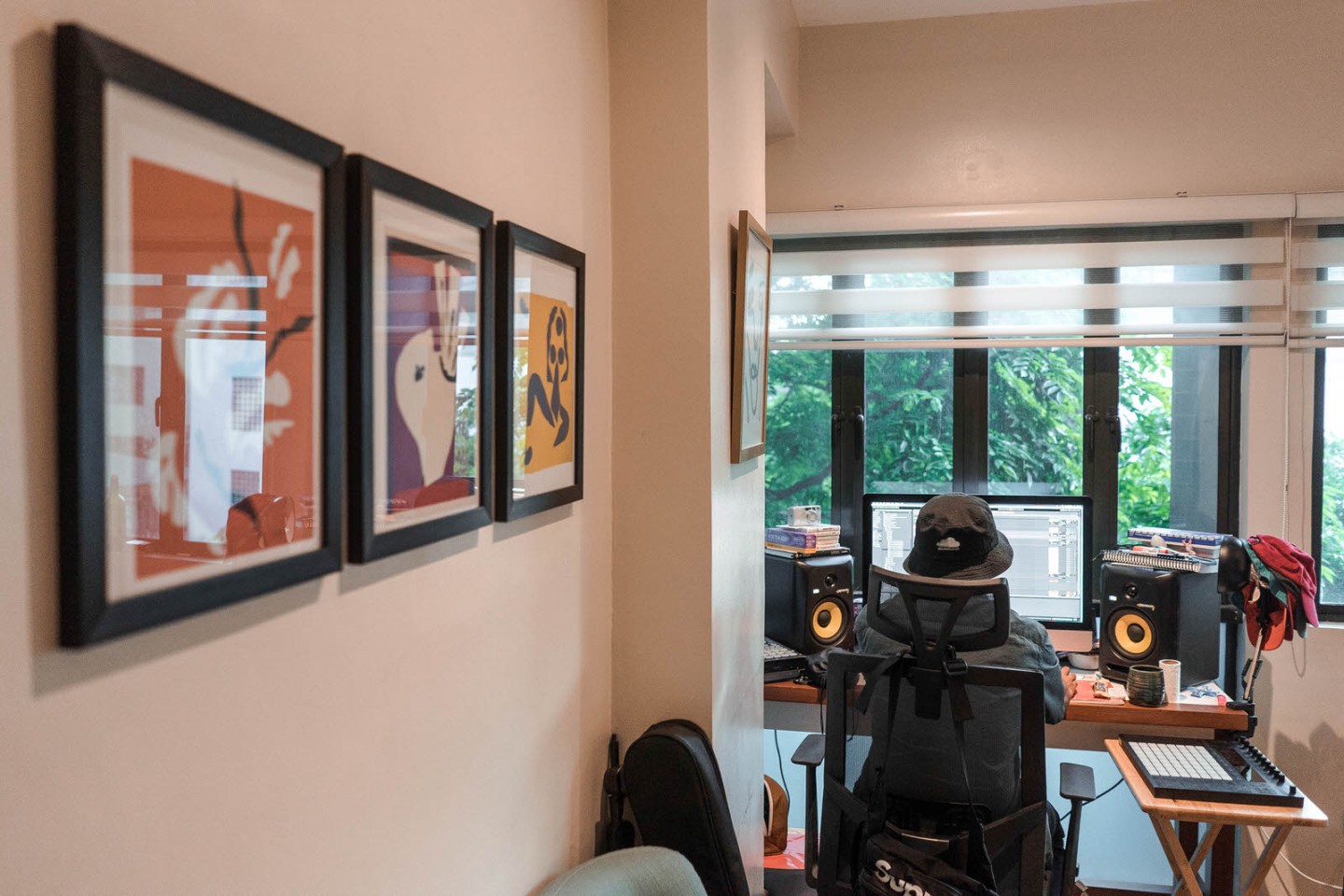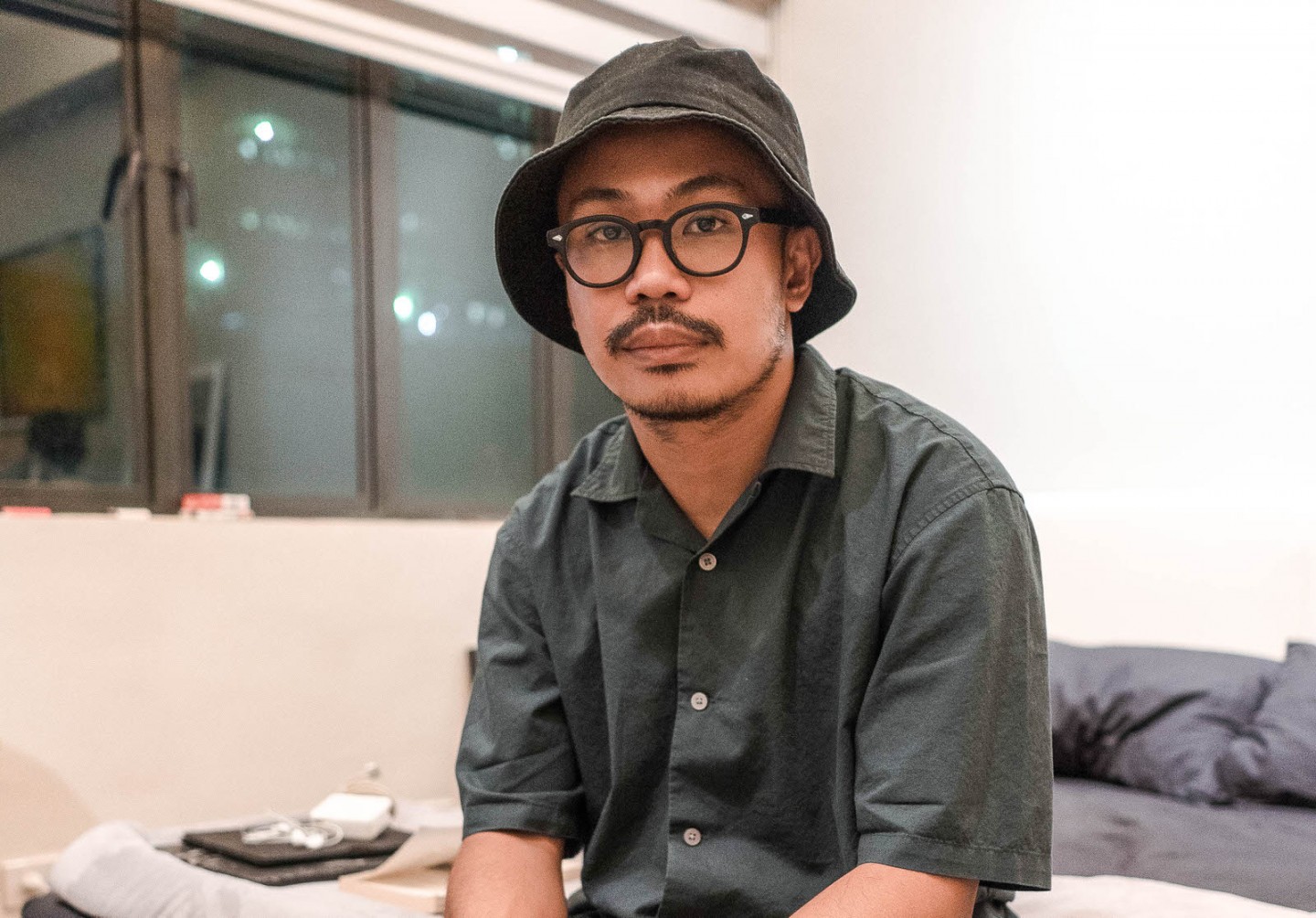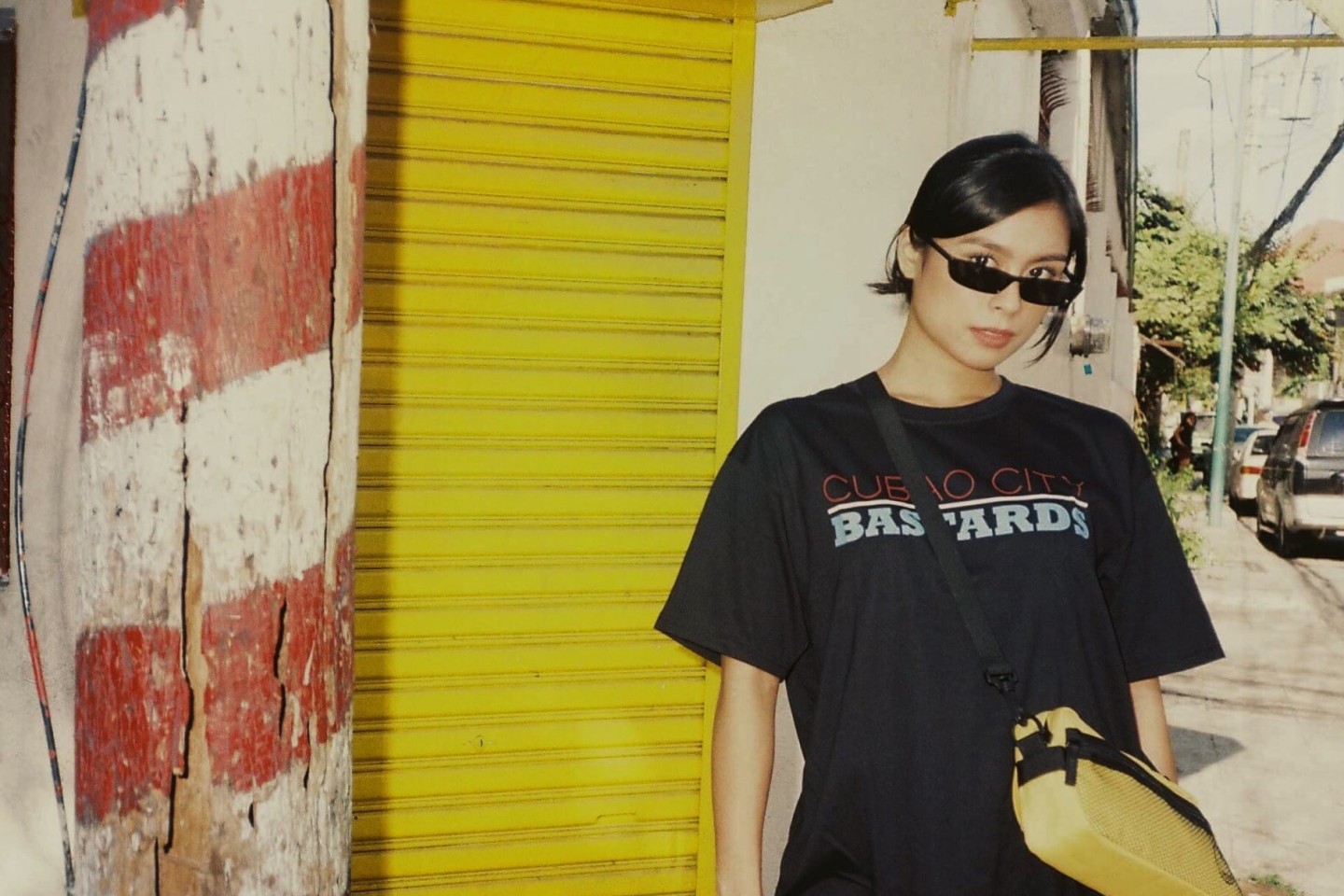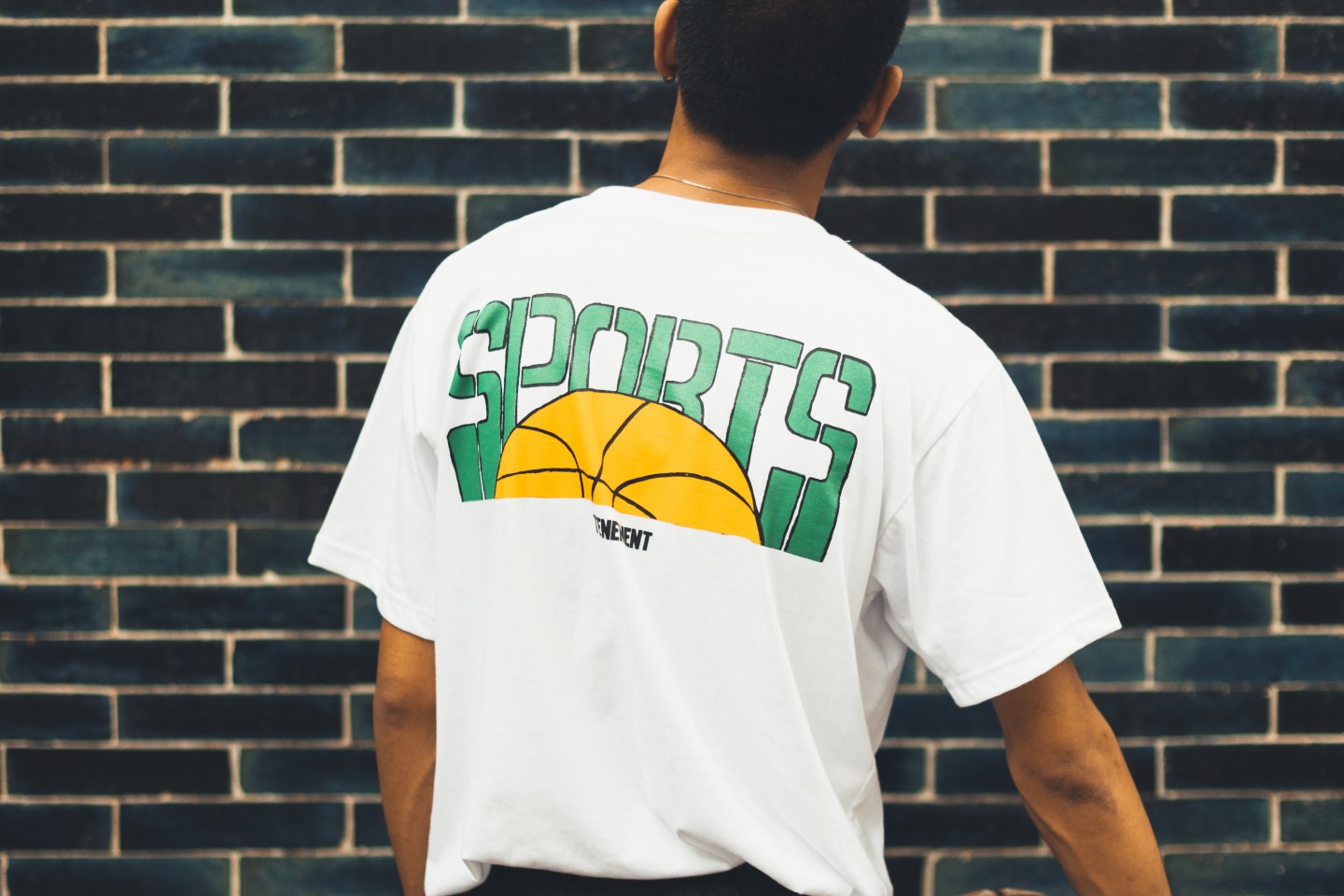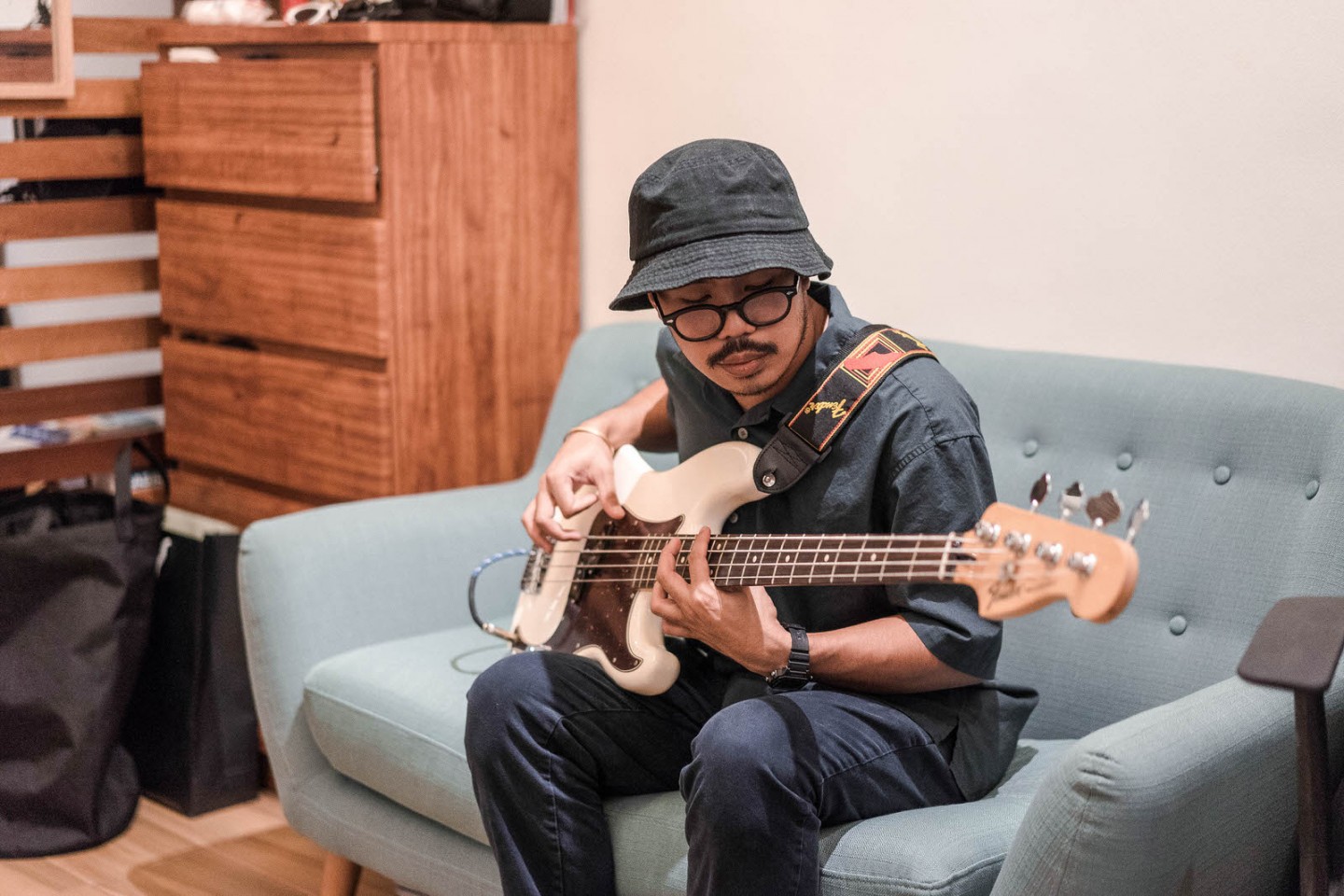
While electronic music has existed in the Philippines for a while now, one could say it’s within the past decade or so that it’s made more significant leaps and bounds in development. Beyond electronic dance music—or EDM, for short—electronic music has gone to encompass various genres and horizons, with an evolving technological landscape and the innovation of its skilled artists. With further improvements to the technology and accessibility, one could expect more aspiring musicians willing to move towards this movement and hoping to learn the ropes.
But while becoming an electronic artist may seem like a dream for some, it might not be apparent where to start out. The road to becoming such a musician might be fraught with trial and error, whether it’s learning the programs or finding out what melodies sync in place. But many others might prefer to take advice from someone more experienced, knowing that their knowledge is rooted in time-tested experience.
Among the local electronic heavy-hitters is King Puentespina—more known by his stage name, crwn. With a string of hits and gigs with some of the most prestigious music festivals in the country, crwn has become a near-household name, especially for those keen to the local music scene. We talk to him about what it takes to start out as an electronic musician, what kind of equipment and software to use, and the ins and outs of production and gigging.
Photography by Zaldine Alvaro
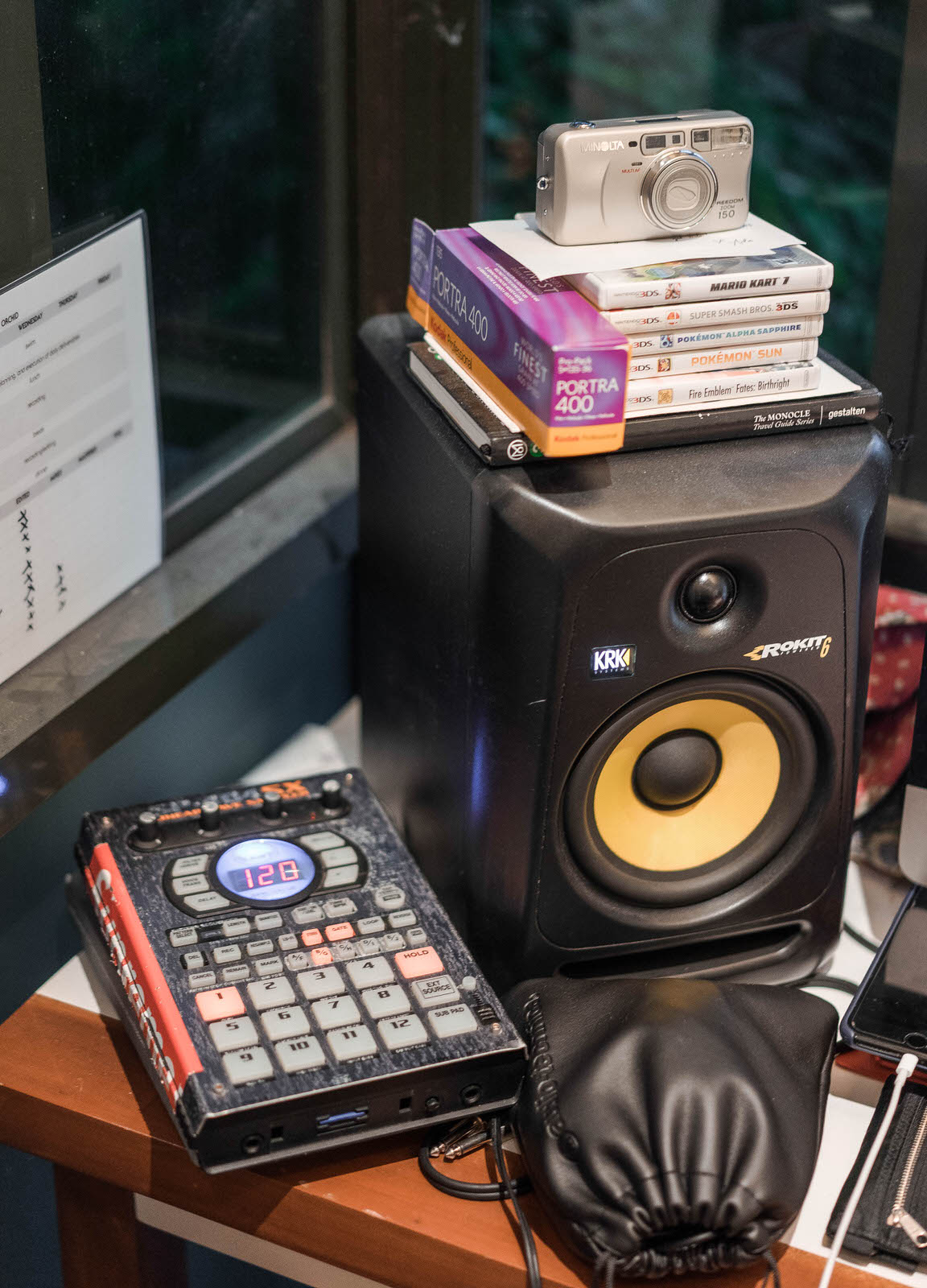
Keep making, keep creating, and continue recording your ideas. Use what you have. The technology is here to be taken advantage of, so take advantage of it.
On music production
— Would you say that one needs to have a background in other instruments before moving into electronic music?
I’ve come to realize that, no, you don’t need to have a background in other instruments when you make electronic music. But it did help to know the basic structures and progressions of a song with at least one instrument. I started out with several bands in high school switching between the guitar, bass, and drums. I only learned—and am still learning—how to play the keys when I was already making tracks on my digital audio workstation (DAW), Ableton.
— What is it like to transition between a physical arrangement to an electronic one?
Back then, it was a considerable learning curve that I just had to deal with. From playing just the drums to realizing an entire song was a challenge I wanted to take on. It was exciting to go from just playing an element of a song to having control of it.
I’d have to say that the lines between electronic music and the physical way of making songs aren’t that far apart at all. Having the technology we have now just made making tracks easier, but how we make it is still pretty much the same as to when we were recording music back then.
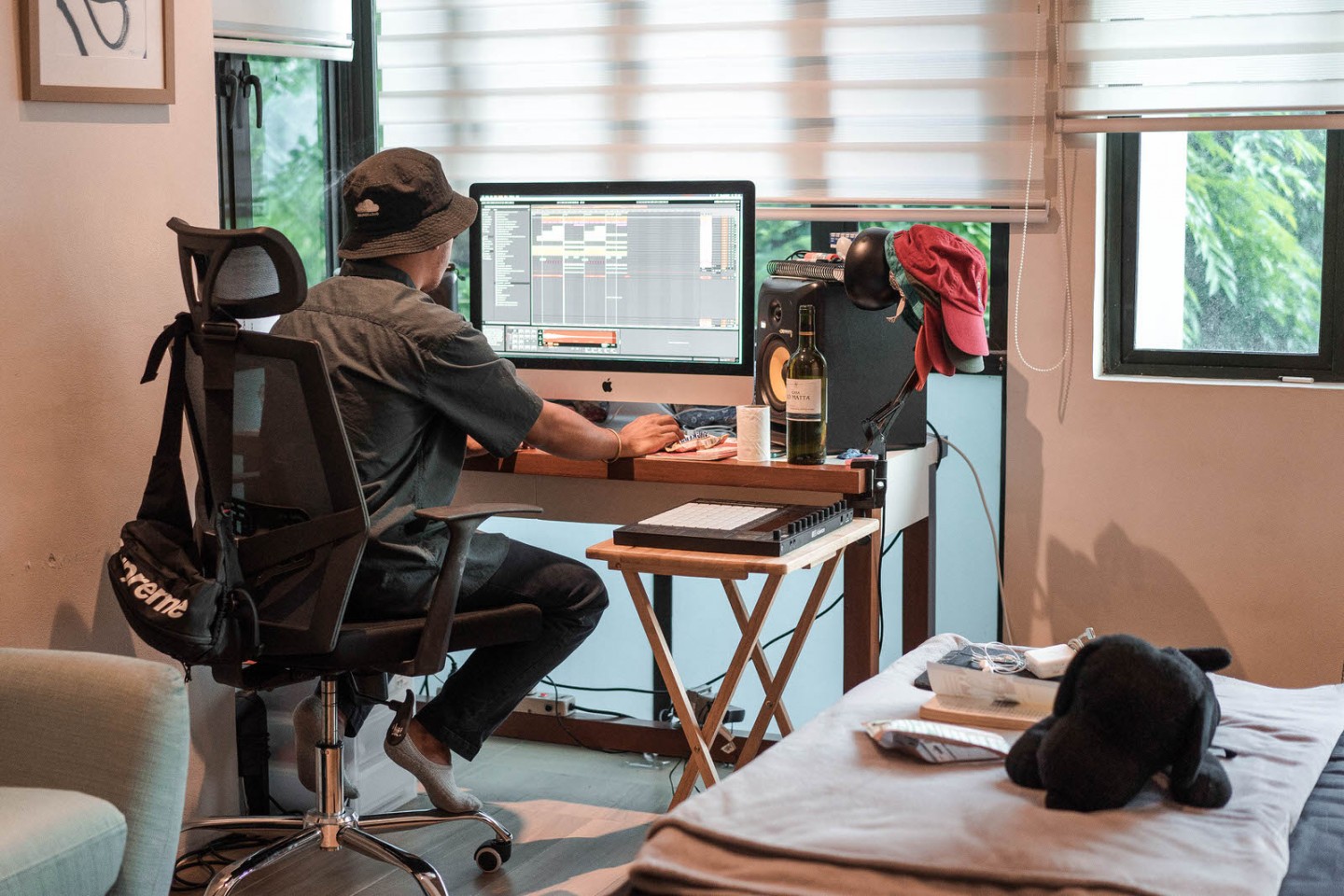
— How about the pros and cons of creating electronic music, as opposed to analog?
The pros would have to be that you can make a whole song or an entire album anywhere and any time you please. I know Steve Lacy made Steve Lacy’s Demo, some tracks on Kendrick’s DAMN., and some tracks on The Internet’s Ego Death solely on Garage Band… on his iPhone 6. So you don’t have an excuse anymore not to make great pieces of art with whatever you have.
For the cons? Honestly, I don’t see any cons. Keep making, keep creating, and continue recording your ideas. Use what you have. The technology is here to be taken advantage of, so take advantage of it.
Producers shouldn’t be afraid of mixing analog and digital just because one way might seem better than the other. It’s like if Matisse made his cutouts using digital prints, or if Picasso made a painting with a tablet. They would still be the artists who made it.
For my recent beat tape, Orchid, I made sure to maximize the live instruments I had at home and the available tools of my software as I produced it. It was like a marriage between the old and new way of recording music. There’s also nothing wrong with making everything digitally too. Music is music.
— For aspiring electronic musicians, what are the first things they need to learn, technically speaking? And where should they progress from there?
Every chance I’d get, I’d open my DAW and jot some ideas down. No matter how random or trashy it would be, I’d still be making something. I kept doing that until it became a habit and got familiar with how I made certain types of songs. It also helps if you keep listening to all kinds of music. For me, it didn’t matter what type of music it was. I would take notes in my head, analyze what works and what doesn’t.
Practice listening and creating. Practice when time permits. Practice.
Scheduling for me is essential as practice. I was ruthless producing Orchid. I leaped out of my comfort zone and made myself a production schedule. My goal was to create an environment where I could work and focus, turn the wifi off, and not go near my phone.
On equipment
— When you began your foray into electronic music, did you already have in mind what hardware or software you’d be using?
I started experimenting with production—if you could call it that—in high school using GarageBand. I wasn’t making beats though. Enough to make noise and do horrible covers of John Mayer. Eventually, in college, I found out about Ableton from my friends and took it upon myself to learn the software. I learned about sampling and watched Youtube tutorials all day. I was listening to more obscure music and learned little nuances and effects that the software could articulate.
I didn’t know anything about the equipment yet, so I settled with a MIDI keyboard I bought back in high school. If I didn’t have the keyboard, I would make use of my laptop’s keyboard and drew all the notes if I had to. It was a very humbling experience to only work with what I had, and not relying on artillery of gear at my disposal. Again, like Steve Lacy and his iPhone 6.
— For beginners, what setup or software would you suggest?
It doesn’t matter what software you have. Usually, it’s the functionality of your DAW that requires a lot of research and patience. The only reason I worked on Ableton was that all my friends were using Ableton. I could learn from them directly, and if I had any questions, I could bring them up.
Regarding the setup, do your research first. It’s all going to depend on what you want to create. But it measures up to how you use the things you have. Some artists record with mundane sounds you wouldn’t expect to be recorded, like shower curtains or lighters, and turn them into a fantastic drum kit.
On music distribution
— As an electronic artist, what problems do you face when it comes to distributing your music? Are there any distribution problems unique to being an electronic musician?
It’s much easier to distribute music now because of the internet. There are a handful of distributors online that ask for a particular fee a year, and your song is already up there. Gone are the days where you have to send in tapes and demos to record labels just to be heard and signed. Now, even you can be a successful international record label and distribute a roster of artists from home, without meeting any of them in person.
Sites like Bandcamp, Spotify, Soundcloud, and Youtube churn out thousands of songs, mixtapes, music videos, and albums every single day. It’ll be much harder for an artist to stand out and be heard, analog or digital. But in any case, real recognizes real. Good art is still good art.
— How do you prevent plagiarism?
Plagiarism might be a bit more difficult to spot now because the number of songs and artists floating around online. A lot of modern artists may sound too close to one another because of specific methods in their production, or maybe similar influences. It depends on how you look at it.
Sampling though has been debated for decades as plagiarism. But in my opinion, it’s not that big of a deal as long as you credit the original artists and make the sounds you sample your own. Most of the best songs use dozens of samples, but use it to elevate the message they want to deliver. It also pays homage to the artist who made it.
Also, artists have been borrowing ideas from one another since the beginning, so this is where the topic gets a bit blurry. Not unless you claim that you made the piece of music when you didn’t. That’s plain stealing.
— Are there specific avenues for music distribution that are better for the electronic genre?
It used to be MySpace, in the early 2000s. And then it’s Soundcloud and Bandcamp, from the late 2000s to now. Spotify and Youtube also pay artists now, so it’s a great incentive for them. A lot of labels online—as well as numerous playlists and channels on these platforms—focus on some similar artists on their roster, and specialize in unique styles and motifs in their music. So generally, people who look for a particular type of music don’t have to dig that deep.
— What distribution tips would you give aspiring electronic artists?
Do your research, weigh out the pros and cons of the offers distributors give and make a decision from there. Sometimes they might offer something too good to be true, and it usually is. It might cost you a ton of money or not; it depends on who is offering. It helps to start taking advantage of free sites like Soundcloud and Bandcamp at first: build an audience who would pay for your art, then gauge the decision of getting a distributor or not. You’ll know when it’s time to get one, especially if you want to start earning off your art.
On performing
— Do ever feel pressured to be at your performance level when you’re on stage? How do you deal with these expectations?
I’m always pressured. Before, I used to be horrified when people just stood and stared at me. It’s either they were tripping out, or they were waiting for something familiar for me to play. I learned how to read crowds over time. It also depended on where and what time I was playing. You have to gauge when to play certain songs, certain vibes, or set a mood.
— How do you keep the audience’s attention while performing, despite the limited physicality of the medium?
I always compare my sets to previous live shows I’ve seen. The more you watch other artists, the more details you can pick up and apply to your performance. I think that goes with any medium of art you’re in. You always have to do a show and never get comfortable. You have to put on a show.
— What makes an enthralling electronic performance for you?
Ambiance, visuals, and the overall vibe of a venue. Anything that can enhance an audience’s experience is critical. You want to leave an impression that will last ’til they come home and brush their teeth.
— Do you usually use the same setup when you record and perform? If not, what would you need to consider when it comes to setting up for a gig set versus studio recording?
I have a more straightforward setup live that I do when I record because I’m not comfortable playing with live instruments on stage yet. I tried playing my first solo EP, Tommy Gun, with live drums in Malasimbo 2017 and it was fine. I wasn’t happy with that set, so I still have to work on that particular setup. I’m usually alone at home when I’m recording, so I’m not discouraged when I use my instruments there.
Eventually, I do want to have a band in shows. Real soon. It worked out playing Jess’ tracks live in Wanderland this year. It was fun incorporating my drums, Allan’s (Lustbass) keys and bass, over Bea (Butta B) playing the tracks. It went pretty well for the first time.
— How does the equipment affect your live performances?
One good example was that set in Malasimbo 2017. Everything that was supposed to work ended up dying on me in the middle of the show. My headphones and monitors had gone wonky, so I couldn’t hear what I was playing. My drums were off-sync, and I was not enjoying myself on stage. You have to do a checkup before a show every single time. My set this year went great because I learned a lot from the previous year.
— Finally, what tips would you give would-be electronic musicians when it comes to performing?
Keep practicing, keep learning from your mistakes, and never settle. Always step up your performance whether you’re playing for five people in a bar or a thousand in a concert. Never be discouraged with your work, and play your music. Oh, and always be real and genuine.


